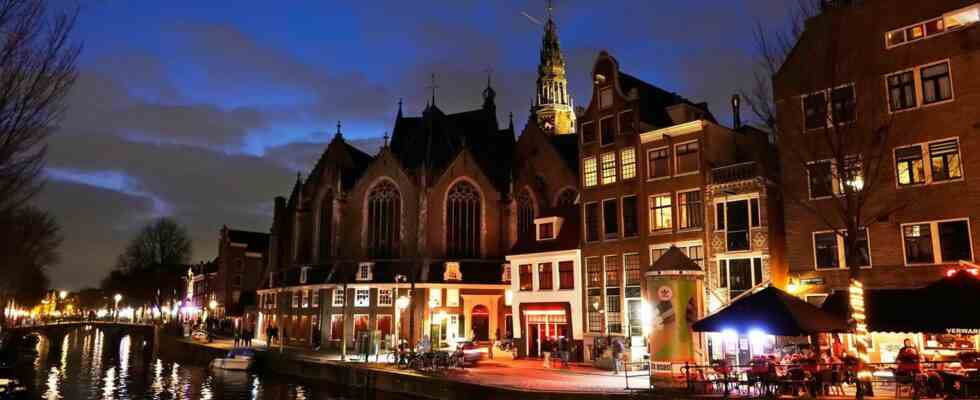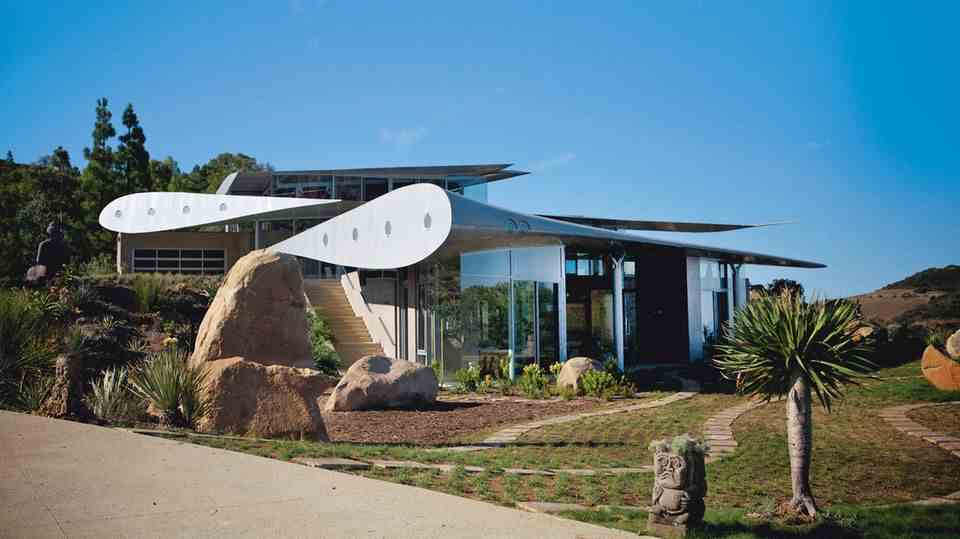gentrification
City without citizens – how the most attractive cities lose their inhabitants
The prognosis is that the indigenous population will be pushed out of the superstar cities.
© Picture Alliance
The cities grow and flourish – but in doing so they displace their established population. The most attractive neighborhoods are turning into a new type of city – there will be no more lifelong residents.
You can read everywhere that people are crowding into the large, attractive cities. They grow and grow – the obvious evidence is the rising rents and purchase prices for apartments and houses. City air is “in”. In Germany, this global trend was fueled by the end of the so-called home ownership allowance at the end of 2005. Until then, she had ensured that many couples with children built their own homes in the suburbs.
But if you take a closer look, you will find that although cities are growing, the population is changing in the process. “Foreigners” are pouring into the cities and the established families are leaving, reports “Bloomberg”.
Example of Amsterdam
Using the example of Amsterdam, the newspaper illustrated the worldwide trend. In the post-war period until the 1980s, the city lost massively in population. Residents found that new and modern apartments and houses in the country were more attractive than living in the city with poorly modernized buildings. Today, when one thinks of old buildings, one thinks of expensively restored high-ceilinged apartments that are equipped with all modern blessings such as central heating, bathrooms, and a modern electricity network. But up until the 1980s, this picture did not correspond to reality. At that time, many older houses were damp and only insufficiently heated and remained at the level of comfort of the pre-war period.
While the “natives” left the city, migrants from the former colonies and from Turkey and Morocco poured into the city. Their number was not enough to offset the drain. But it changed the cityscape, causing more long-time Amsterdammers to leave the city. After 1985 this process stopped. The demographics benefited from the children of the migrants and for the first time the city again became attractive enough to attract young people from the Netherlands.
A process that can be found in a similar way in other cities. At the end of the 1980s, the building fabric in the cities no longer fell short of expectations. Many cities had gone through the low point of their deindustrialization and offered attractive jobs in other sectors.
Attractive – but without domestic immigration
But in recent years, the net inflow from inland in Amsterdam has collapsed. The city is growing solely because of immigration from abroad, displacing the local population. Bloomberg saw similar developments in Berlin, London, Sydney and Toronto, but the data for Amsterdam is more meaningful. There are various reasons for the recent change. Demographic change alone is causing the number of young Dutch people willing to move to shrink.
But the most important point is the shortage of housing and rising prices. In the 1960s, young families dreamed of owning their own home in the countryside, today families also find life in the city attractive, they just can no longer afford it. According to Statistics Netherlands, 27- to 40-year-old people with children have driven Amsterdam’s new exodus wave. The purchase prices for apartments in Amsterdam have doubled since the end of 2014. The rents cannot develop quite so explosively, but the supply is scarce.
The new city without citizens
The concept of the “super city” is reaching its limits. The development of the city enters a new phase. As everywhere else in the world, the wealthy are developing a tremendous appetite for housing. They use more and more square meters per person.
Even this problem cannot be solved in Amsterdam. There you can modernize the old building stock, but it is unthinkable to demolish the historic city center and thus achieve significantly more space through higher buildings.
The inner city still lives in the splendor of the “Golden Age”. But probably not the established residents will benefit from the idyll. Like many other centers of the super cities, the inner city is threatened with life like Venice. Tourism will be the dominant industry there. Hotels, hostels and Airbnb vacation rentals will gradually crowd out renters.
This is how a completely new type of city is being created – namely a city without deeply rooted residents. The new gentrification does not lead to the migration of people who settle permanently. The most attractive areas of the cities are turning into an international transit zone dominated by Airbnb and medium-term rentals to expats. And well-paid international nomads who set up camp in one of the international hotspots for a few months or even two years.
Source: Bloomberg
Also read:
Working like crazy – that’s why everyone used to be able to afford their own home
Solar systems – that’s why they are now worthwhile for almost all homeowners
Old wings, windows and planks – dream houses made of rubbish and leftovers
Twelve years – then the house next door was thrown away




